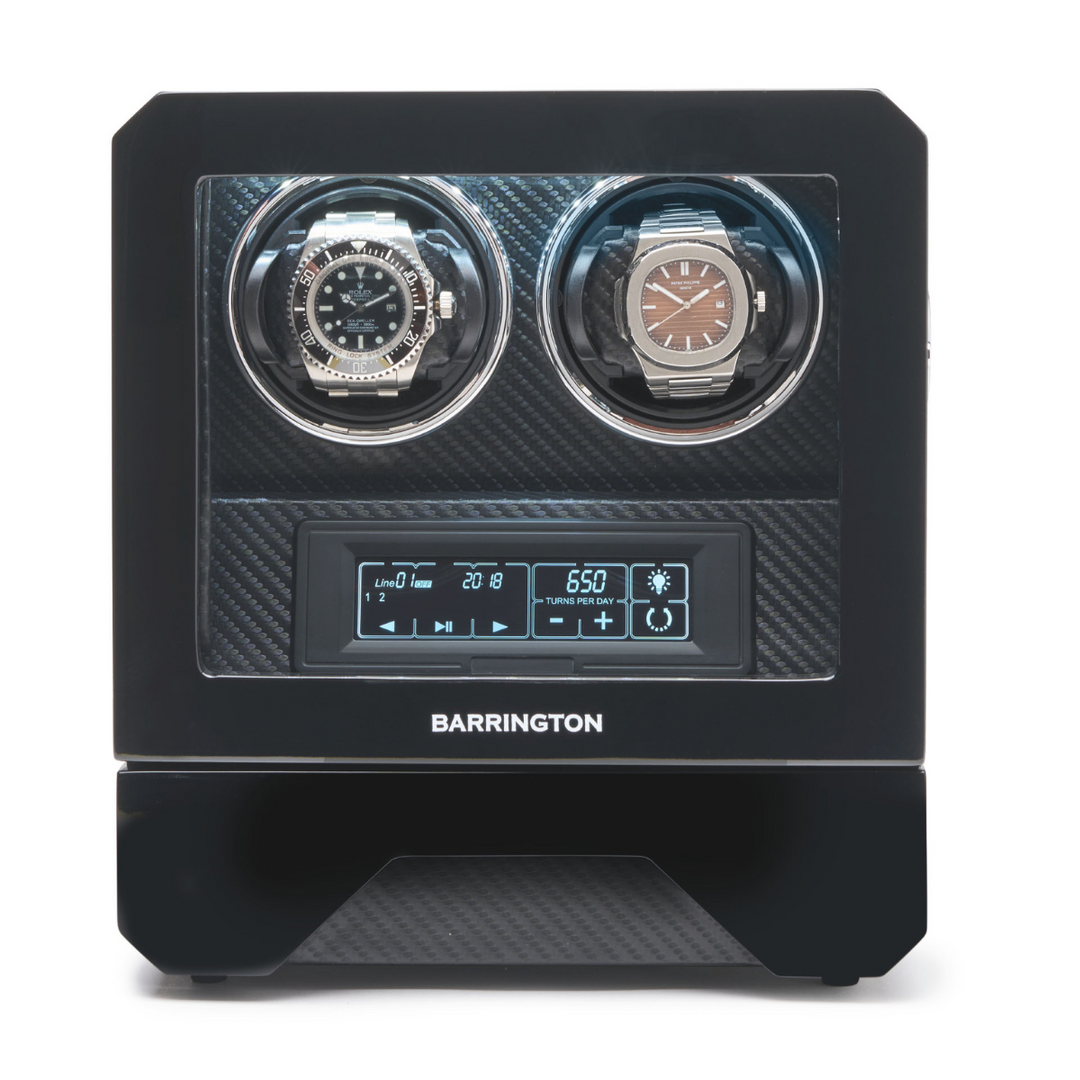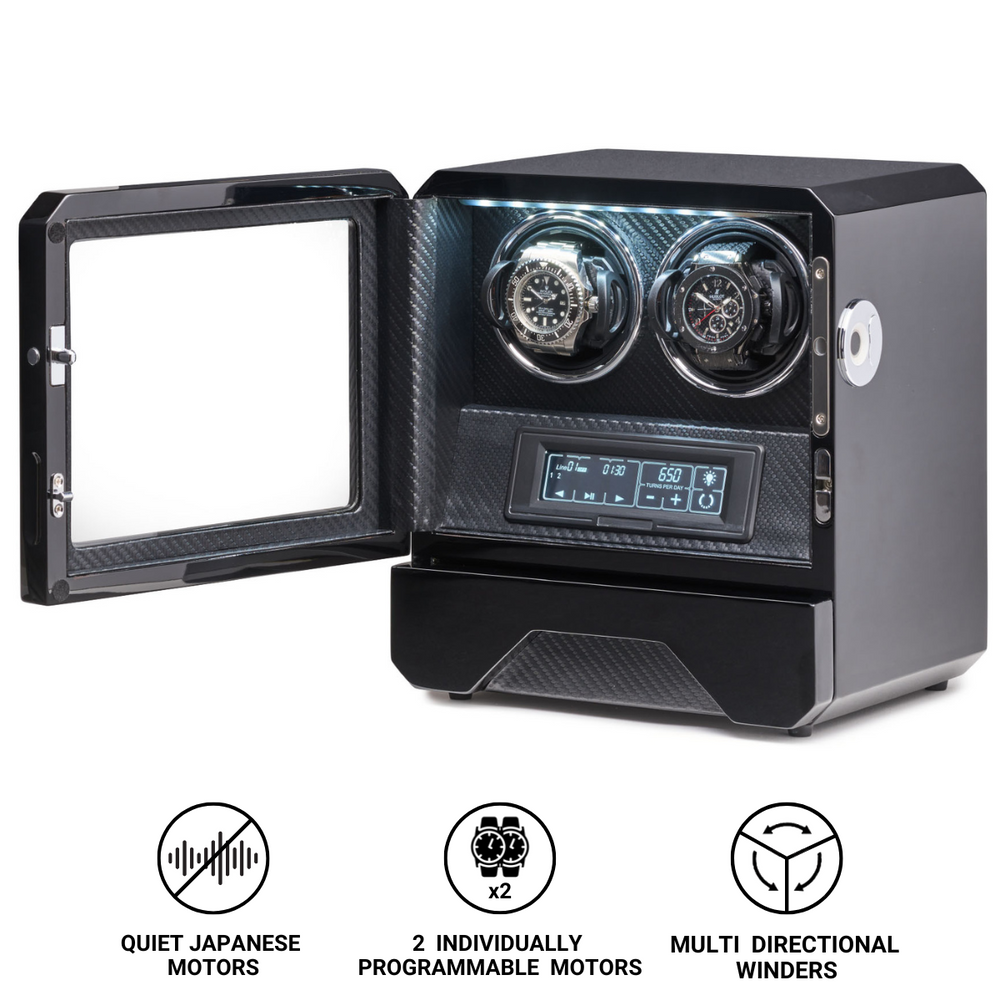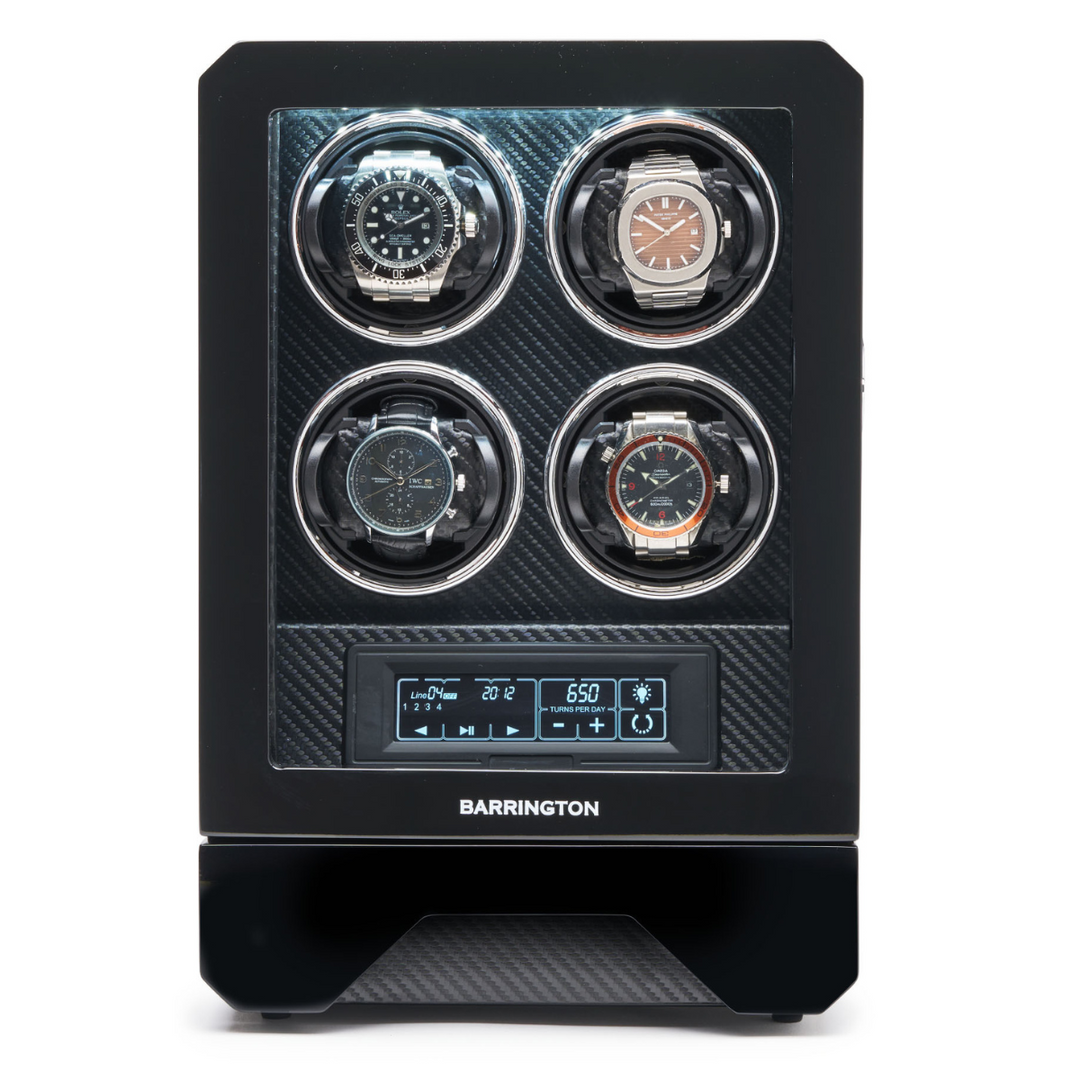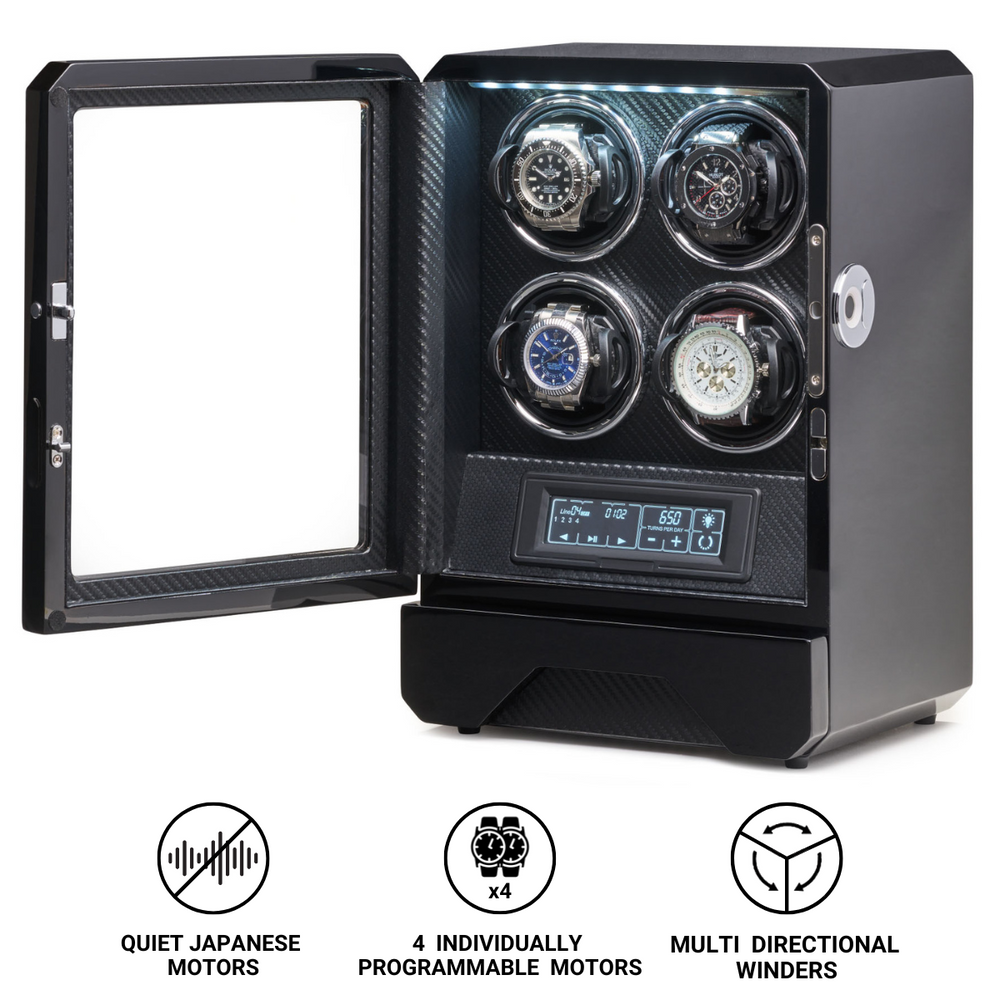Omega and Cartier Adjust U.S. Pricing Strategies Following Recent Import Tariffs
In the wake of import tariffs introduced by the U.S. administration in early August, Swiss watchmakers have spent the past weeks reassessing their American pricing structures. Among the first to react were Swatch Group, the parent company of Omega, and Richemont, owner of Cartier, both seeking to absorb part of the tariff impact without severely affecting retail prices.

Swatch Group’s controlled approach
According to updated pricing communicated to retailers earlier this month, Swatch Group has capped its U.S. price increases at between 6 and 10 per cent despite a sharp escalation in import duties. Authorised dealers have been asked to accept narrower margins on high-end models in order to keep prices for consumers within a manageable range.
Until the spring of this year, import duties on Swiss watches entering the U.S. stood at around 2–3 per cent. That rate rose to 10 per cent in April, before jumping again to 39 per cent in early August under the latest round of trade measures announced by President Donald Trump’s administration.
Even with these internal adjustments, end-customer prices have risen. For instance:
-
Omega Speedmaster Moonwatch Professional 42 mm (steel) increased from USD 8,400 to 9,000 (+7.1%).
-
Speedmaster Moonshine Gold version moved from USD 19,100 to 20,400 (+6.8%).
-
The Speedmaster 50th Anniversary “Snoopy” Edition will retail for USD 11,900 from 1 October (+6.3%).
If no revised trade agreement is reached between Switzerland and the United States before the end of the year, import costs for watches could climb by as much as 41 per cent, depending on component origin and materials.
Cartier and Richemont’s pending revisions
Cartier and its parent company Richemont Group are also understood to be preparing moderate price adjustments in the United States. Retail partners were informed earlier in September that new price lists would take effect towards the end of the month. While detailed figures have not been disclosed, the revisions are expected to vary by collection and metal type.
The move follows similar steps across the industry, as manufacturers seek to balance tariff pressure, exchange-rate shifts and rising gold prices without undermining brand perception.
Wider market effects
The U.S. luxury retail environment has softened through mid-2025, making these tariff-related adjustments particularly sensitive. Patek Philippe raised its retail prices by roughly 15 per cent earlier this month, while Rolex and Audemars Piguet have so far kept their U.S. pricing unchanged, monitoring competitors’ responses before acting.
Industry observers note that the recent developments highlight a deeper structural shift. With fluctuating exchange rates and new trade barriers reshaping cost dynamics, major Swiss brands are relying increasingly on regional margin flexibility and direct-to-consumer distribution to preserve competitiveness.
Outlook
If the tariff regime remains in place through the fourth quarter, watchmakers may be forced to revisit supply-chain and logistics arrangements to limit exposure. For now, Omega’s measured response and Cartier’s pending adjustments illustrate how leading maisons are adapting pricing strategies to sustain long-term stability in a turbulent trading environment.














